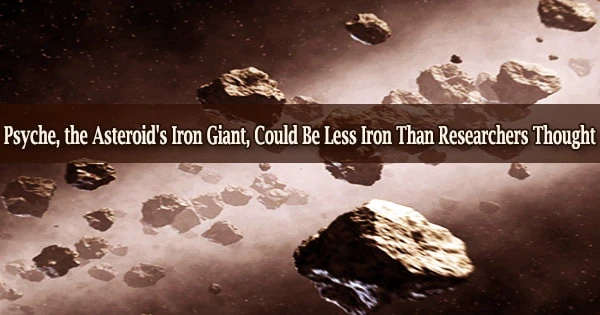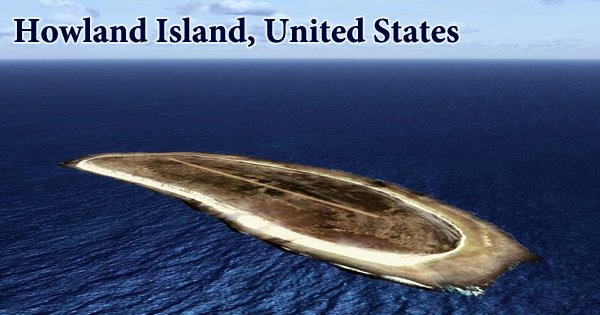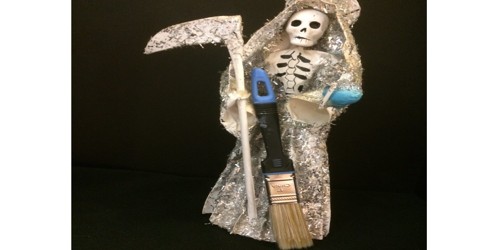According to a new study by experts from Brown and Purdue universities, the asteroid 16 Psyche, which NASA plans to visit with a spaceship in 2026, may be less heavy metal and more hard rock than scientists previously assumed.
Psyche, the largest of the M-type asteroids, orbits the sun between Mars and Jupiter in the asteroid belt between Mars and Jupiter. M-type asteroids are formed primarily of iron and nickel, as opposed to the silicate rocks that make up most other asteroids.
Psyche, however, offers mixed signals concerning its makeup when viewed from Earth.
Scientists can identify that the surface is primarily metal because of the light it reflects. As a result, it’s been suggested that Psyche could be the exposed iron core of a primordial planetary body whose rocky crust and mantle were blasted away by an ancient collision.
Measurements of Psyche’s mass and density, on the other hand, reveal a different scenario. Psyche’s gravity pushes on nearby bodies, indicating that it is significantly less dense than a massive piece of iron should be.
So, if Psyche is entirely made of metal, it would have to be extremely porous, like a gigantic ball of steel wool, with about equal amounts of void space and solid metal.
“What we wanted to do with this study was see whether it was possible for an iron body the size of Psyche to maintain that near-50% porosity,” said Fiona Nichols-Fleming, a Ph.D. student at Brown and study’s lead author. “We found that it’s very unlikely.”
The mission is exciting because Psyche is such a bizarre and mysterious thing. So anything the mission finds will be really important new data points for the solar system.
Fiona Nichols-Fleming
Nichols-Fleming collaborated on the study with Brown assistant professor Alex Evans and Purdue professors Brandon Johnson and Michael Sori, which was published in Geophysical Research Letters. The researchers developed a computer model based on known metallic iron thermal properties to predict how the porosity of a massive iron body would change over time.
According to the model, Psyche’s core temperature would have to drop below 800 Kelvin very quickly after formation in order for it to stay very porous. Iron would have been so bendable at those temperatures that Psyche’s own gravity would have compressed most of the pore space within its bulk.
According to the researchers, a body the size of Psyche, which is around 140 miles in diameter, could not have cooled so quickly based on what is known about circumstances in the early solar system.
Furthermore, any event that may have contributed porosity to Psyche after its formation, such as a big collision, would have likely heated Psyche back up to above 800 K. As a result, any newly introduced porosity was unlikely to last.
The findings, taken together, imply that Psyche isn’t a porous, all-iron body, according to the researchers. More than likely, it contains a stony component that reduces its density.
But, if Psyche has a rocky component, why does its surface appear to be so metallic from Earth? According to the researchers, there are just a few probable explanations.
Ferrovolcanism, or iron-spewing volcanoes, is one of these possibilities. It’s plausible that Psyche is a distinct entity with a rocky mantle and an iron core, according to the researchers.
However, massive ferrovolcanic activity may have pushed substantial portions of Psyche’s core to the surface, coating its rocky mantle in iron. Johnson and Evans’ previous research has proven that ferrovolcanism is conceivable on Psyche’s body.
Whatever the situation may be, astronomers will soon have a better understanding of this enigmatic asteroid. NASA plans to launch a spacecraft later this year that will collide with Psyche after a four-year voyage to the asteroid belt.
“The mission is exciting because Psyche is such a bizarre and mysterious thing,” Nichols-Fleming said. “So anything the mission finds will be really important new data points for the solar system.”
















